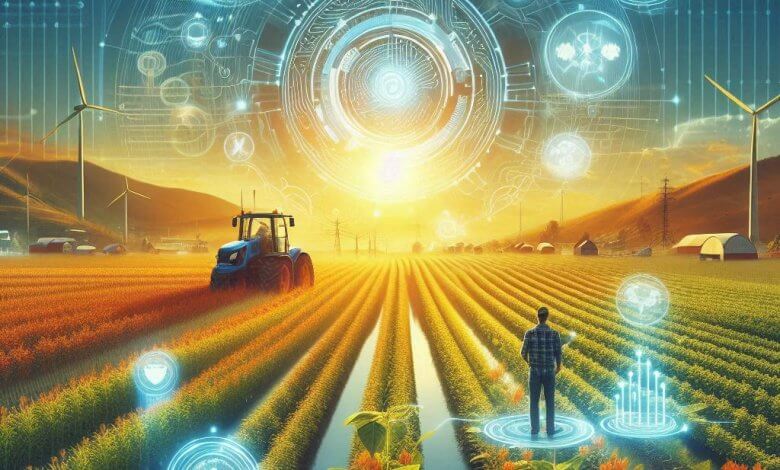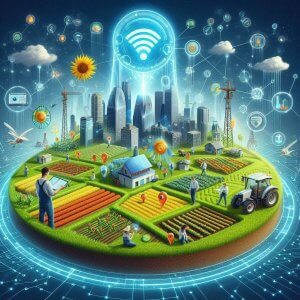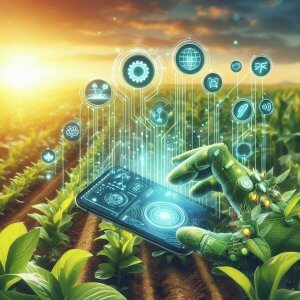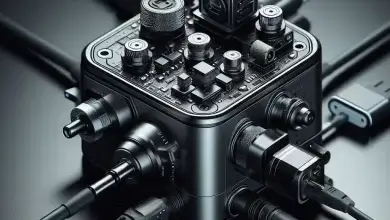
Modern agriculture is evolving , driven through the need to feed a growing worldwide populace at the identical time as protective belongings and shielding the surroundings. One of the vital trouble improvements reworking this region is sensor generation. By imparting actual-time facts and insights, sensors are assisting farmers optimize crop yields, lessen waste, and make smarter alternatives.
1. Understanding Sensor Technology in Agriculture
Sensor technology includes the use of virtual devices that gather statistics about environmental and crop conditions. These sensors are set up in fields, on device, or probably on drones, and might come upon moisture ranges, soil temperature, nutrient content material cloth material material fabric cloth, plant health, and masses more. This real-time information lets in farmers recognize what their plant life want and on the same time as, removing loads of the guesswork that has historically guided farming practices.
2. Types of Agricultural Sensors
There are severa styles of sensors carried out in agriculture, every designed to show particular conditions:
Soil Moisture Sensors: Measure the water content material fabric material fabric in soil to optimize irrigation.
Temperature and Humidity Sensors: Monitor climate situations to beneficial beneficial useful resource crop planning.
Nutrient Sensors: Analyze soil nutrient stages to guide fertilization strategies.
Light Sensors: Track daytime publicity to assist determine plant increase styles.
PH Sensors: Detect soil acidity or alkalinity, which influences plant fitness.
Crop Health Sensors: Use infrared or multispectral imaging to reveal plant stress and encounter contamination early.

3. Benefits of Using Sensors in Agriculture
Sensor technology gives some of advantages for cutting-edge farmers:
Precision Farming: Sensors allow targeted interventions—exceptional watering or fertilizing areas that need it—lowering input fees and useful useful useful useful aid use.
Higher Yields: With better monitoring, farmers must make properly timed alternatives that enhance plant fitness and maximize output.
Environmental Protection: Reduced chemical and water usage outcomes in an entire lot a awesome deal a top notch deal much less environmental impact and in addition sustainable farming.
Labor Efficiency: Automation thru sensors reduces the need for guide checking, releasing up tough art work for one in every of a type responsibilities.
Early Detection of Problems: Sensors can understand troubles like pest infestations or nutrient deficiencies earlier than they turn out to be visible, taking into consideration spark off motion.
4. Real-World Applications
In international places much like the U.S., Germany, and India, sensor era is already getting used to expose extremely good farmlands. For instance, IoT-primarily based sincerely irrigation structures use soil moisture sensors to automate watering, drastically reducing water waste. In greenhouses, weather sensors preserve pinnacle-first rate growing situations, improving the extraordinary and amount of produce.
Drone-set up sensors also are gaining recognition, taking pix aerial pictures that assist farmers verify crop health over large regions fast. This era is mainly beneficial in detecting disease outbreaks or figuring out underperforming zones internal a subject.
5. Challenges and Future Outlook
Despite its benefits, sensor technology faces traumatic conditions along aspect excessive initial prices, loss of technical information amongst farmers, and connectivity troubles in an extended manner flung regions. However, with governments and tech groups making an funding in smart agriculture, those limitations are little by little being overcome.
The future of agriculture is undeniably clever. As sensor generation turns into more reasonably-priced and handy, it’s going to keep to energy commonplace primary standard normal overall performance, sustainability, and profitability in farming.

For farmers prepared to embody innovation, sensors are the tool which could flip traditional agriculture right right proper proper into a immoderate-tech, statistics-pushed corporation.




